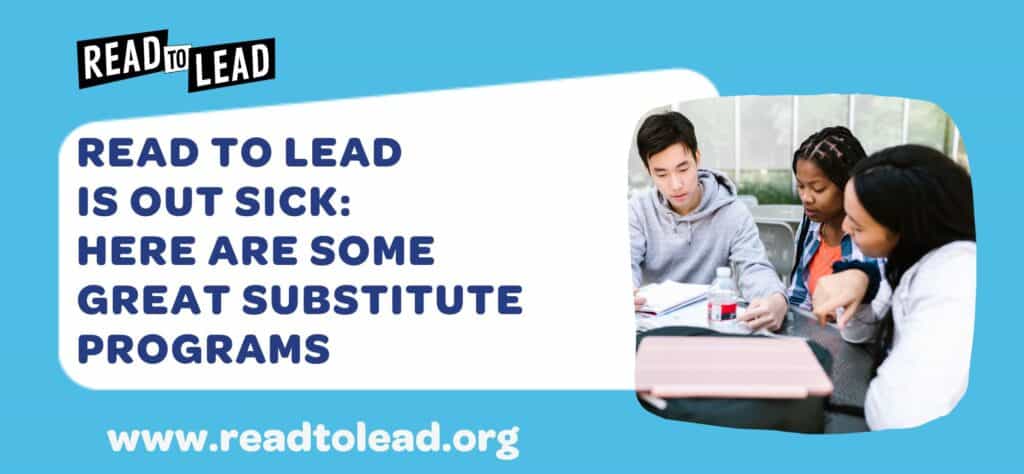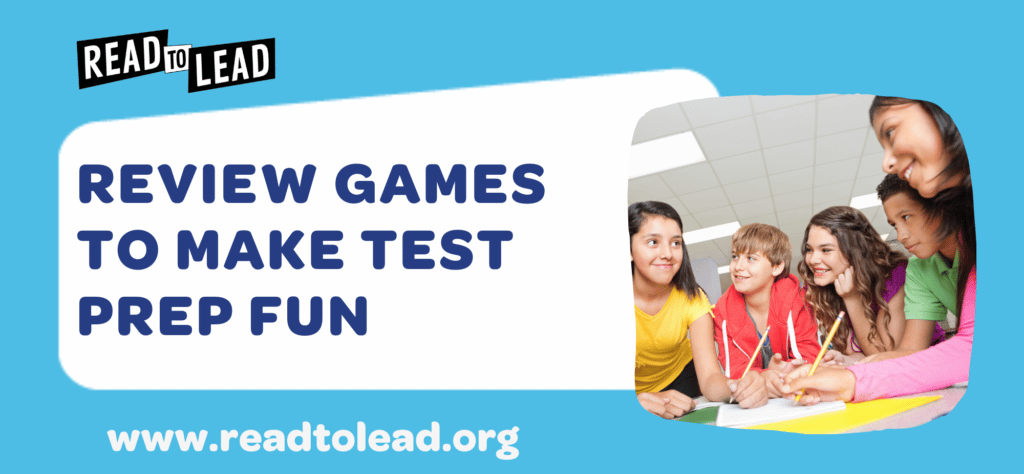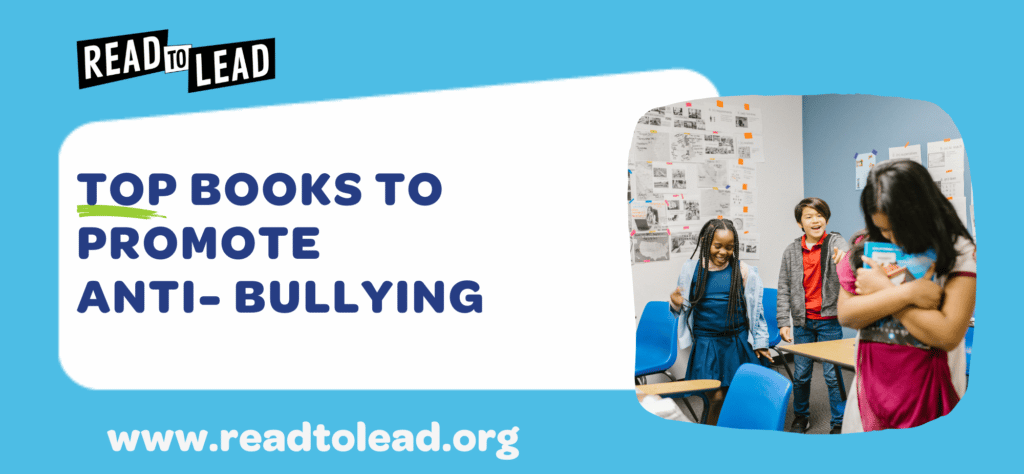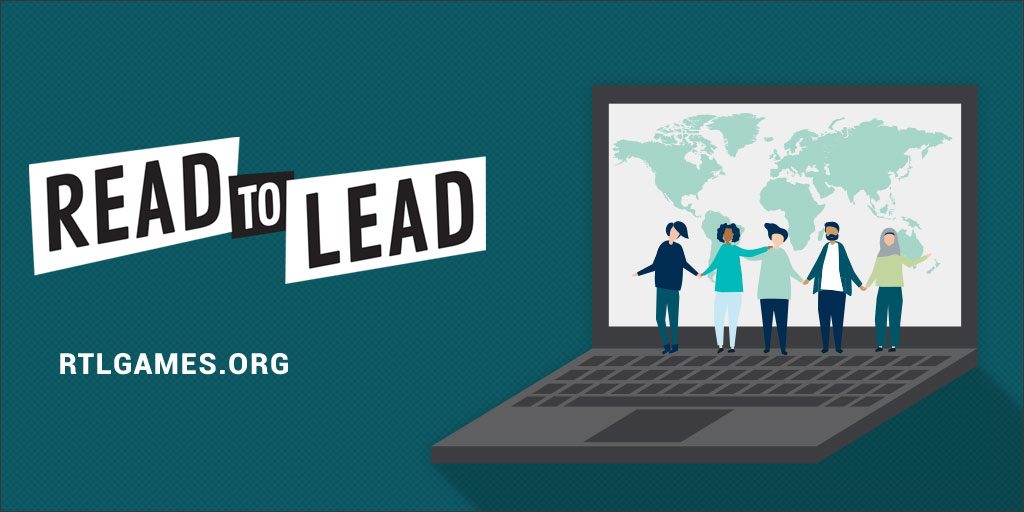
Since the Supreme Court ruling in Brown v. Board of Education to make education equally accessible to all Americans more than 60 years ago, the racial makeup of our nation’s classrooms has changed dramatically. Where white students used to be the majority, by 2025, students of color are expected to be a majority of high school graduates.
Yet, school booklists and the content students are exposed to has not changed to reflect the diversity we now see in our classrooms. What better time to examine this issue than during Black History Month, where the voices and achievements of people of color are being celebrated?
A recent study found that although 85% of NYC’s public school students are non-white students, a vast majority of elementary school books did not include work by people of color or feature characters of Black, Latin and Asian descent. Book publisher Lee & Low reports that in the past 24 years, only 13% of children’s literature included multicultural content, and only 7% of authors were people of color. School booklists still heavily lean on classics, which almost exclusively focus on the middle class, white, cisgender experience.
But why is it so important for students to see themselves (and each other) reflected in their curriculum?
Identity Formation
An important aspect of social development in children is identity formation. More than just their sense of self, they also learn about and understand their place in society, fostering a sense of belonging and acceptance in their community. The books and content students are exposed to in school can play a powerful role in identity formation.
As Natasha Capers, the coordinator for the Coalition for Economic Justice, observed, “When children are not seeing themselves represented by curriculum, it sends them a message.” Introducing multicultural content in the modern classroom is critical to helping children construct their identities and feel like valued members of society.
Promoting Empathy and Social Skills (Social Emotional Learning)
Empathy, along with other social skills, is something that children acquire in the process of growing up. Studies show that reading is an effective tool for improving emotional intelligence and empathy in children.
When children are introduced to materials that feature characters of different races, religions, appearances, and abilities, they are able to see similarities between their own lived experiences and those of others who may appear different. Particularly in the modern context with ever more diverse communities, this is a critical element of education that should not be overlooked or neglected.
Increasing Engagement Through Connections
We naturally tend to engage better with content that relates to us, our backgrounds, or our culture. Yet, many students of color graduate high school without ever having seen themselves represented in their school material.
This can result in lower engagement, participation and ultimately achievement, as students feel disconnected from the characters they encounter in the school curriculum. Increasing cultural diversity in classroom materials can be an effective way to boost student engagement and improve academic performance.
How Can Read To Lead Help?
It is evident that we need to include more diverse materials in our classrooms, yet the question of ‘how’ remains. The easy answer would be to expand our book lists to include books by people of color and those that are more representative of our students.
However, in practice, this is easier said than done.
Teachers can sometimes lack 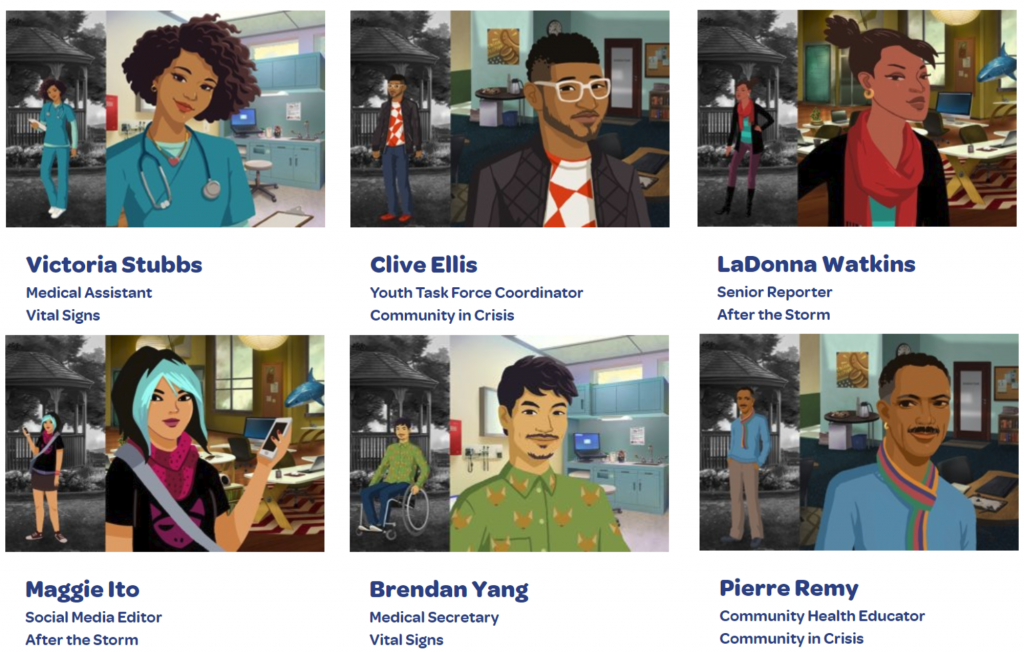 the training and confidence needed to incorporate this content in their classroom, and may be fearful of or uncomfortable with teaching a different curriculum than the one they’re used to. Even making changes to the curriculum can be met with resistance, and many educators don’t even know where to begin.
the training and confidence needed to incorporate this content in their classroom, and may be fearful of or uncomfortable with teaching a different curriculum than the one they’re used to. Even making changes to the curriculum can be met with resistance, and many educators don’t even know where to begin.
That’s where Read to Lead can be a useful resource for educators looking to implement a more culturally responsive curriculum. With a diverse set of characters who portray a variety of ethnicities, cultural backgrounds and abilities, Read to Lead provides students the chance to see themselves represented in the material they are working with.
Additionally, Read to Lead aims to inspire readers to see themselves as leaders. The broad range of characters featured ensures that students see themselves in the game platform, and can envision themselves fulfilling similar roles as they move into the workforce. The games intentionally portray diversity in leadership roles, making a direct connection for students.
Read to Lead can be easily integrated into the existing curriculum during school hours, as part of an after school program, or even during vacation time. Kiwonda Riley, former Academic Coach at Mercer Middle School in Savannah, Georgia, found that “The Read to Lead characters are relatable, which makes it easier for my students to engage with the games and identify with what they are learning.”
A culturally responsive curriculum is no longer a ‘nice-to-have’, but a necessity to support and cater to our ever more varied classroom makeup. By introducing resources such as Read to Lead into their classrooms, educators can start taking the first steps toward a truly representative curriculum in which every student sees themselves reflected.
How do you include culturally diverse content in your classroom? Connect with us on Facebook or Twitter and share your stories!
About Read to Lead
Read to Lead uses the power of game-based learning to empower middle school students to build literacy, life, and career skills. Teachers can sign up for a free account to get started!
